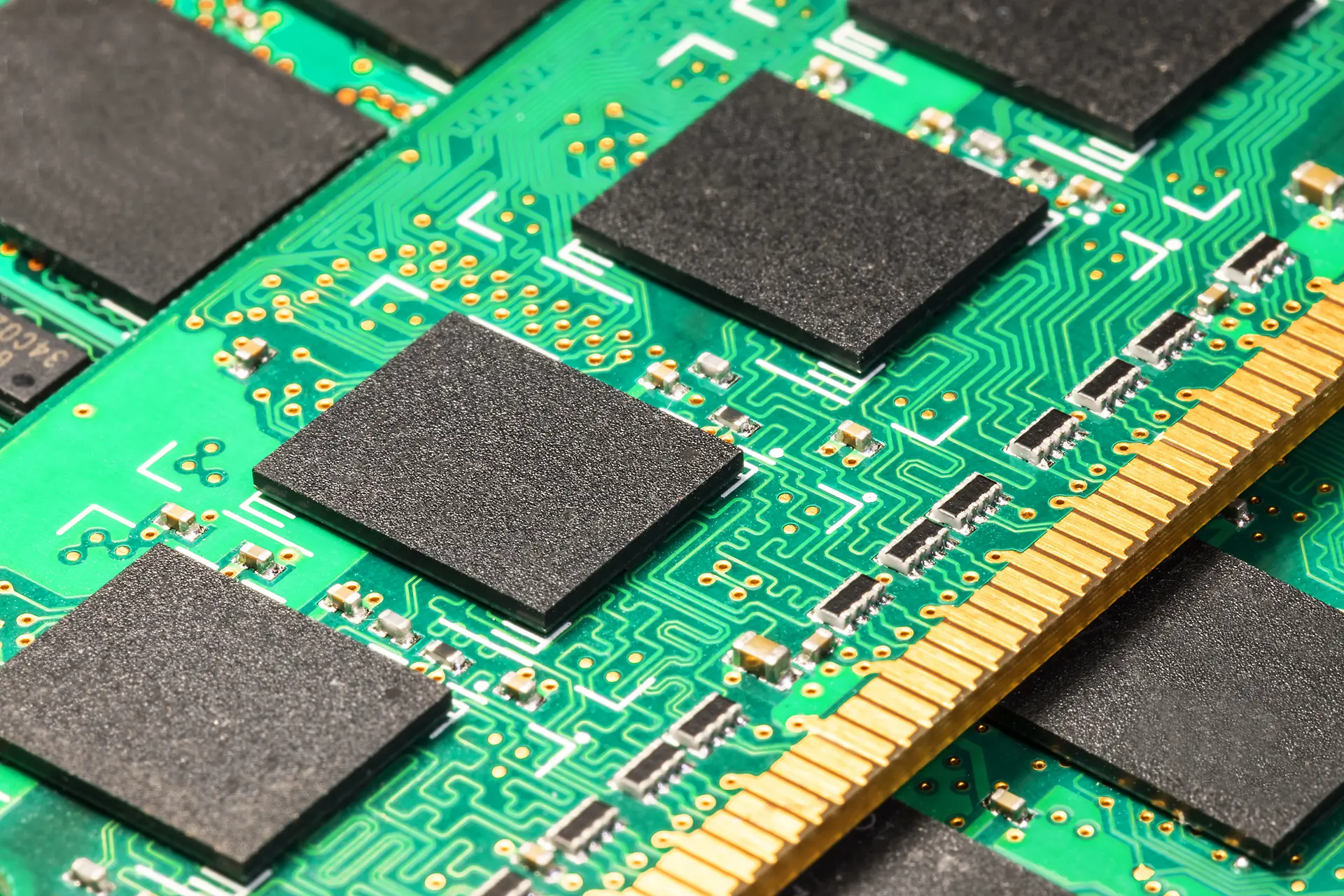Table of contents
- How a rowhammer attack works
- Repeated access and bit flips
- The role of memory cells
- Mitigation measures: Target Row Refresh (TRR) and other techniques
- TRR and its effectiveness
- Other mitigation techniques
- Security implications of rowhammer attacks
- Vulnerabilities in physical memory
- The importance of security at the hardware level
Rowhammer attacks represent a serious threat to the security of DRAM memory (Dynamic Random Access Memory) used in many computing devices.
This technique exploits a vulnerability in DRAM memory caused by repeated access to rows of memory cells, which induces bit flips in adjacent rows.
Rowhammer attacks can compromise data integrity and pose a significant danger to the security of systems.
How a rowhammer attack works
Rowhammer attacks are based on a simple yet dangerous concept: repeatedly accessing specific rows of DRAM memory can cause bit flips in adjacent rows.
This phenomenon occurs due to the close proximity of memory cells in modern DRAM chips, allowing the electromagnetic discharges generated by repeated access to affect nearby cells.
Repeated access and bit flips
When a row of memory is rapidly and repeatedly activated, a process known as “row hammering” occurs.
This process can cause bit flipping in adjacent memory rows, compromising the stored data. These bit flips can have disastrous consequences, such as data corruption or privilege escalation.
The role of memory cells
Memory cells or DRAM cells are physical structures that store bits within DRAM chips.
Their arrangement in rows and columns facilitates data access but also makes row hammering possible.
Thus, repeated access to a specific row can negatively influence nearby memory cells, causing bit flips that compromise data integrity.
This is the essence of a rowhammer attack.
Mitigation measures: Target Row Refresh (TRR) and other techniques
To counter rowhammer attacks, hardware manufacturers have developed various mitigation techniques.
One of the most common is Target Row Refresh (TRR), a technology designed to automatically monitor and refresh adjacent rows of memory when it detects repeated access to a specific row.
TRR and its effectiveness
TRR monitors access activity to memory rows, and when it detects an access pattern that could cause a rowhammer attack, it refreshes the adjacent rows.
Although TRR has proven effective in reducing the likelihood of bit flips, it is not a definitive solution.
Some studies have shown that advanced rowhammer exploit techniques can bypass this protection.
Other mitigation techniques
In addition to TRR, other techniques exist to mitigate rowhammer attacks.
Example:
Using the CLFLUSH instruction, which invalidates cache lines, can help prevent row hammering.
However, these measures do not entirely eliminate the risk, as rowhammer attacks can still be executed through optimized native code.
Security implications of rowhammer attacks
Rowhammer attacks represent a serious security issue.
The ability to cause bit flips can be exploited to achieve privilege escalation, bypass protected memory, and compromise entire systems.
The physical nature of the problem makes it difficult to eliminate through simple software updates, requiring instead long-term hardware solutions.

Vulnerabilities in physical memory
Physical memory is a critical component of modern computer systems.
Rowhammer attacks highlight a fundamental vulnerability in this memory, demonstrating that even hardware components can be targets of sophisticated attacks.
This vulnerability has prompted researchers to explore new solutions to protect DRAM memory from such threats.
The importance of hardware-level security
The discovery of rowhammer attacks has highlighted the importance of considering hardware-level security in addition to software security.
Vulnerabilities in physical components can have far-reaching implications, requiring innovative approaches to ensure the security of data and systems.
Protecting DRAM memory from rowhammer attacks has become a priority for hardware manufacturers and the cybersecurity research community.


